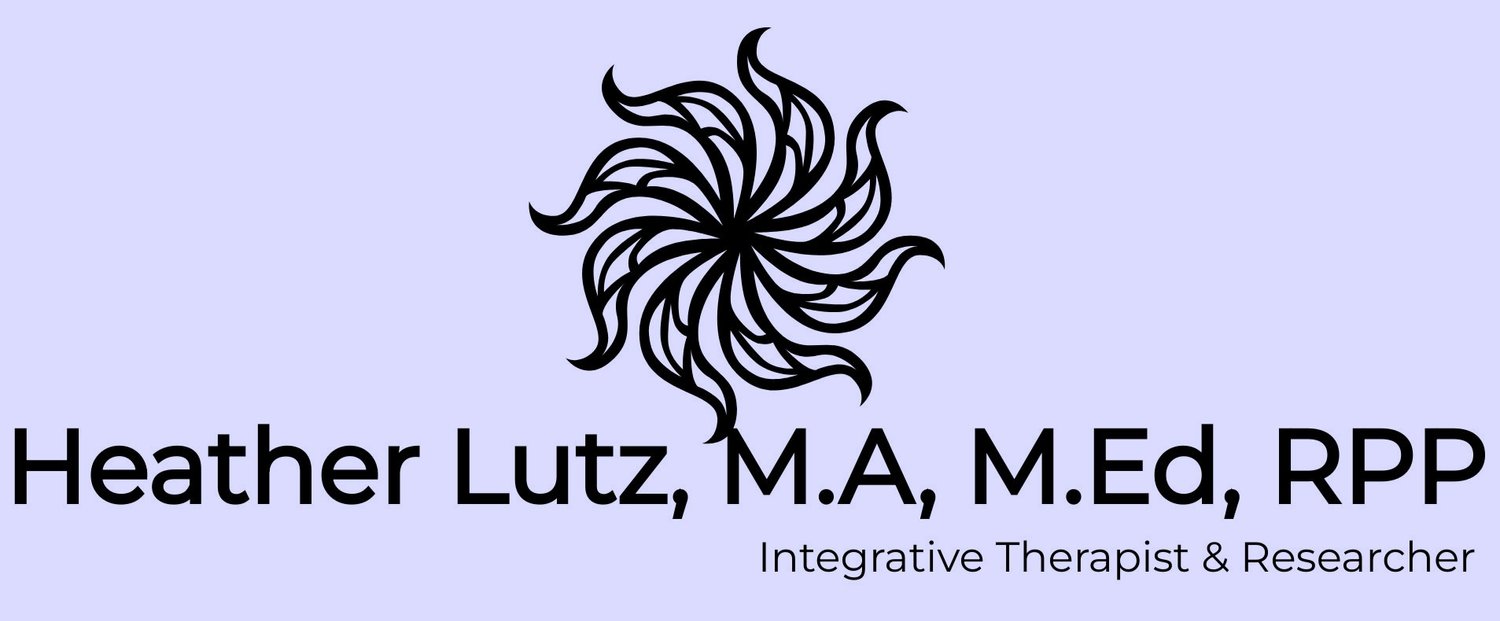Therapies
Biofield therapies are also known as energy therapy, energy healing, energy medicine, bioenergetics, and other titles. These therapies acknowledge there is a universal life force; a metaphysical entity intrinsic to life that renders it alive.
This concept can be found in many eastern cultures and societies:
- Qi in Chinese medicine
- Ki in Japanese medicine
- Prana in Ayurveda
- Ka in Ancient Egypt
Principles of biofield therapies
1. Restores or rebalances the vital force to promote healing and optimal use of the living system.
2. Views the foundations of disease as an energetic imbalance such as a blockage or other irregularity in the energy flow of the body.
3. Applies extremely low level signals to the body via energy healer interventions or electromagnetic device therapies.
Examples of Energy Therapy Training: Polarity Therapy, Reiki, Pranic Healing, Qigong, Healing Touch, Brennan Healing Science, Eden School of Energy Healing and many more.
Therapeutic Prevalence and Facts
Patient groups commonly report using biofield therapies as part of their treatment for cancer and palliative care.
An epidemiological survey from 2007 found that in 2006 over 1.2 million adults and 161,000 children reported receiving at least one session.
In the 2012 National Health Interview Survey, 3.7 million adults have had at least one energy therapy session, and 1.6 million reported having had one within the past 12 months.
Biofield therapies are recognized by some state licensure boards as within the scope of nursing practice and are listed in the Nursing Intervention Classification Code.
Energy psychology therapies may combine a biofield intervention, like tapping specific points on the body, with cognitive behavioral techniques. These combinations are used to treat conditions like PTSD, depression, anxiety, and addictions. Some examples are Thought Field Therapy, Emotional Freedom Technique, Tapas Acupressure. To learn more about Energy Psychology, visit www.noetic.org and www.energypsych.com.
Clinical Studies
Empirical evidence is beginning to support the effectiveness of biofield therapies.
Pain
Over 30 clinical trials had been published by 2015. In patients with chronic pain, arthritis, and movement restriction, two different reviews concluded there is strong evidence for reducing self-reported pain intensity through use of biofield therapies.
Cancer
More than 15 clinical trials have been held as of 2015.
These trials primarily focused on the effects of biofield therapies as adjunctive care to reduce symptoms of pain, fatigue, anxiety, and depression.
A systematic review in 2010 found moderate success.
After 2010, Trial in Healing Touch for cancer related symptoms study reported clinically significant reductions in depression and persistent fatigue and positive effects on clinically relevant biological markers.
Several preclinical investigations tested biofield therapies on several cancer models, for example, multiple tumor types with reports of inhibition of DNA synthesis and mineralization in osteosarcoma, inhibition of cell cycle, and induction of apoptosis in prostate cancer cells and colorectal cancer cells, and inhibition of migration and invasion of breast cancer cells.
Cardiovascular Function
A few clinical studies conducted found increases in heart rate variability and reduced stress-related symptoms such as anxiety, which is known to negatively impact cardiovascular function in coronary patients.
One randomized clinical trial with Reiki on autonomic activity in inpatients during recovery from acute coronary syndrome reported a statistically significant improvement in high frequency heart rate variability compared to both a classical music control and resting control.
Another randomized clinical trial noted the reduction of both anxiety and length of hospital stay for coronary artery bypass and length of hospital stay for coronary artery bypass graft patients receiving healing touch versus nurse visits alone or treatment as usual and no difference found between groups on pain medication and use of atrial fibrillation incidence.
These studies suggest even brief biofield interventions can generate effects that support health and well being and raise questions regarding the potential effects of longer durations or greater frequencies of treatment.
Other Conditions
Positive results of biofield therapies have been reported in other populations, including patients with dementia, osteoarthritis, and pediatric oncology outpatients.
Overall Review
Several reviews since 2010 of best evidence synthesis found there is promising but limited evidence based on relatively few studies with insufficient sample sizes as well as methodological issues that could be improved to better understand the effects of biofield therapies in a clinical context.
Evidence regarding clinical effectiveness is strongest in symptom management for pain and cancer, the two conditions that have received the most study. Studies are more sparse but evidence is promising for clinical populations with arthritis, dementia, and heart disease.

